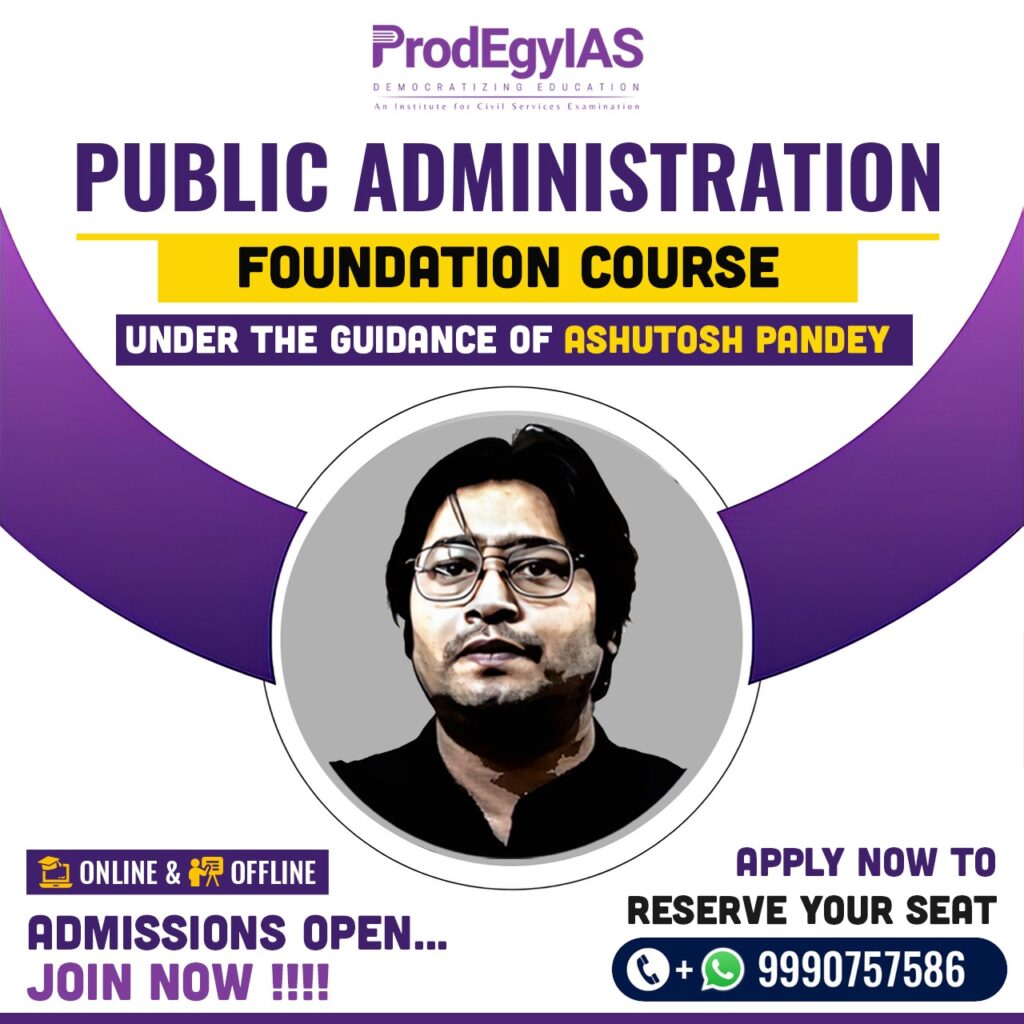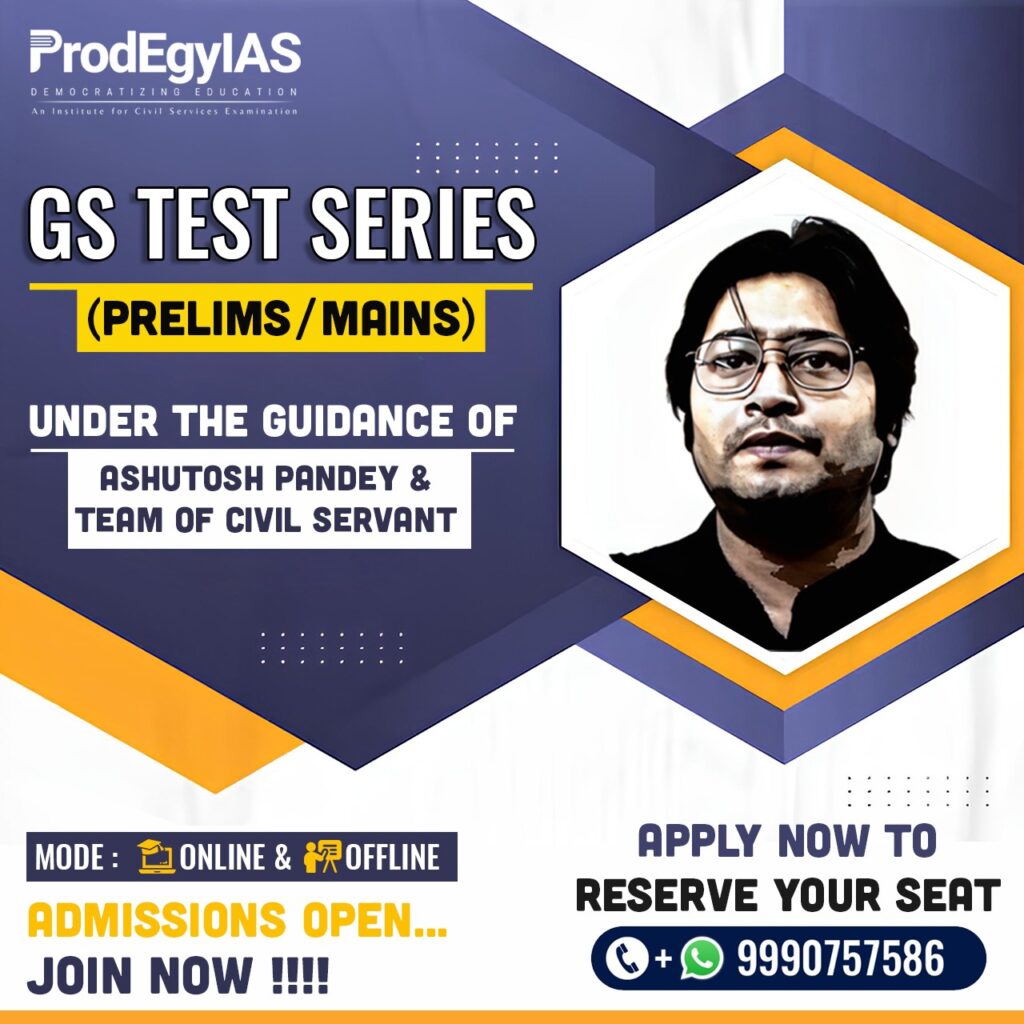Through real-time communication, public opinion mobilization, and the elevation of disadvantaged voices, social media has revolutionized democratic engagement. Citizens can coordinate collective action, expose wrongdoing, and criticize authority through platforms such as X, Instagram, and YouTube. Its democratic potential is demonstrated by initiatives like voter awareness campaigns, disaster relief cooperation, and anti-corruption campaigns. Social media is used by government organizations and the Election Commission for outreach and transparency.
But the same characteristics that strengthen democracy also pose a threat to public order. Unrest, polarization, and mob violence can result from the rapid dissemination of false information, deepfakes, hate speech, and group gossip. Biases are reinforced by algorithm-driven echo chambers, while trolling and harassment are made easier by anonymous accounts.
Widespread false information has caused lynchings, panic migrations, and intercommunal strife in India. Because platforms lack accountability, content monitoring is inadequate, and tight regulations might be abused to stifle criticism, there are regulatory problems.
Social media is therefore a two-edged sword: while it promotes democracy by facilitating participation, when it is abused, it also endangers public order. To maximize its advantages while reducing its risks, ethical communication, platform accountability, digital literacy, and balanced legislation are crucial.
UPSC General Studies Paper Preparation
Public Administration Optional Exam Preparation
| Topic | |
| Public Administration Syllabus | Public Administration Foundation 2025-26 |
| Public Administration Free Resources | Public Administration Crash Cum Enrichment Course 2025-26 |
About the Author: Jyoti Verma



